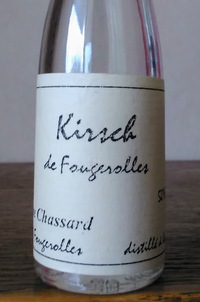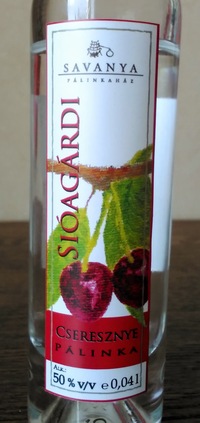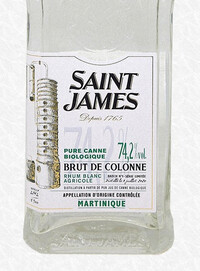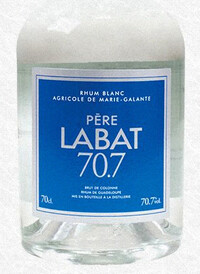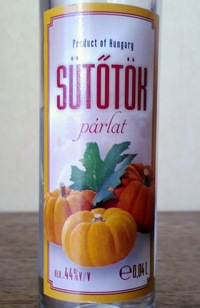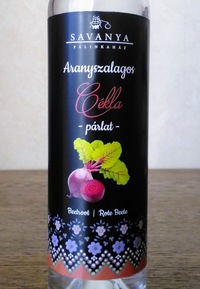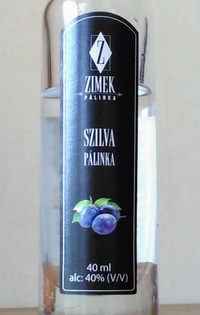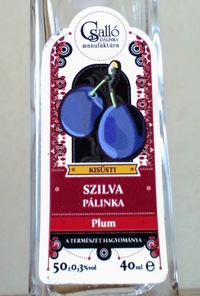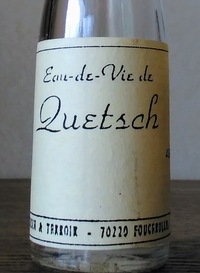Plum Encore
June 27, 2023
We still had a few plum samples left over from our previous session, so let's try those today, semiblind.
Nusbaumer (Alsace, France) – Quetsch (Wild Plum), c. 2022, 45%

Some sources translate quetsch as damson, some as prune plum. I will simply call it a wild plum: it seems to be a cultivar unique to the region.
Nose Much bigger than the others. Very jammy but not immediately plum, more prune. Tons of prune in fact. A little bright headiness, orange and lemon oils. A little almond, and later prune ice-cream. Big, but a bit monolithic. I am guessing this is the Nusbaumer.
Palate Quite a hot arrival, then immediately jammy prune, and quite a bit of florality - that stewed jasmine tea from our last session again, but it does not dominate. Not much development, but it holds on quite long. Water helps a lot, making the arrival much more measured. Still mostly on prune, without cloying, and nicely balanced by mild tannic tea and floral notes.
Comments Lacks some complexity, but delivers a lot of flavour at a fair price.
Price around €36 per 70cl.
Score?6/10
Põhjaka (Järva, Estonia) – Ploom (Plum), bott. 13/04/2022, 40%

We weren't too impressed with the rowanberry, but let's give them another shot.
Nose Quite muted, the fruit is slightly anonymous but there are definitely whiffs of plum, slightly underripe. Also a hint of straw.
Palate Better here, quiet arrival backed up by a slight sweetness with lots of (mostly) unripe plum and a touch of rubber. Not much development, but a little white pepper shows up in the finish, which is medium at best. Water doesn't help either the nose or palate.
Comments Not much to smell, but easy to sip, if very simple.
Price around €35 per 35cl.
Score?4/10
Gölles (Styria, Austria) – Kriecherl (Damson), L. 2014, 43%
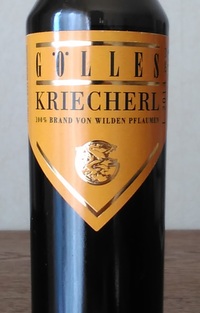
The meaning of Kriecherl seems to vary: sometimes denoting a mirabelle, sometimes a damson. Here, Gölles explicitly state the plums are blue, and claim 13kg of fruit per litre.
Nose Again slightly quieter, and not very plummy. Pencil eraser, rubber band, plum stones, a little sea water. Water helps, adding a touch more sweetness and fruit, mostly underripe, but it remains a bit quiet. I don't love the rubbery notes here.
Palate Slightly hot at first, then some fruity green peppercorns, crunchy green plums, that sea water again, fruit stems, a distant florality, and plum vinegar. This is weirdly funky, not an easy one. With water it sweetness up a bit, a tiny dollop of compote made from underripe plums. More mixed peppercorns, all the colours. The finish is medium, with some tannic dryness.
Comments A bit weird, the nose is too quiet and it's hard to see the plum here. Still, it's original and I kinda like it.
Price around €70 per 70cl.
Score?6-/10
